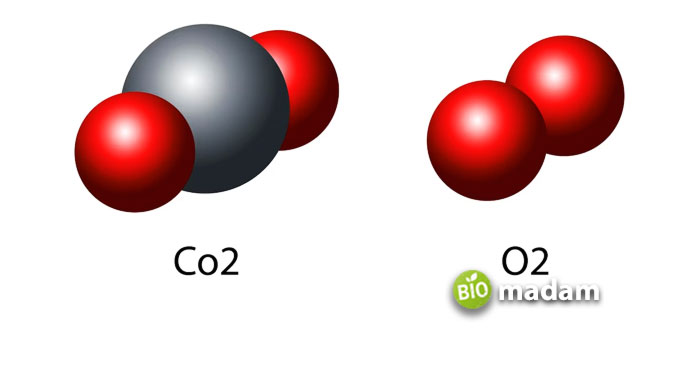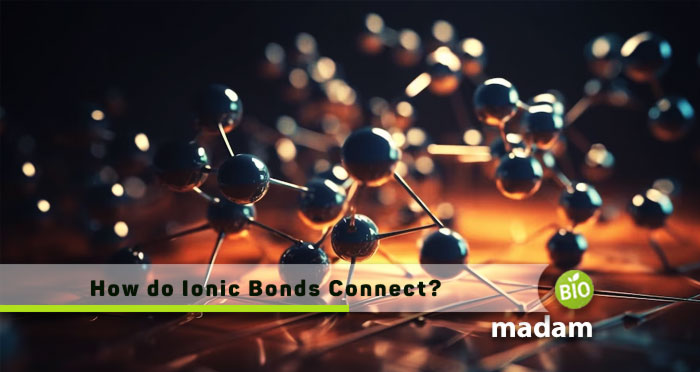Recently updated on September 11th, 2023 at 07:01 am
Chemical bonds are the base of chemistry that allows us to study the characteristics of molecules and their relationships between them. They show how the atoms are connected and the bond’s effect on their characteristics. Ionic bonds are among the most fundamental bonds in many molecular structures. They allow the joining of two atoms by interfering with each other’s orbitals. However, if you wonder, “Do ionic bonds share electrons,” no, they don’t!
This article explains everything about ionic bonds and bonds in which atoms share electrons (covalent bonds). Keep reading to understand the mechanism of these bonds.
Do Ionic Bonds Share Electrons?
As mentioned earlier, ionic bonds do not share electrons; instead, they transfer electrons.
An ionic bond is a type of chemical bond resulting from the transfer of one or more electrons from the orbital of one atom to another.
Ionic bonds result when ions come together to be held by charge difference. These bonds are formed by negative and positive ions, leading to neutral or zero charge molecules.
How are Ionic Bonds Formed?
As ions from all elements want to complete an octet, some prefer gaining electrons to complete their octet, while others lose them. It primarily depends on the number of electrons in the outermost octet. In case of a higher number of electrons, it will gain the deficiency and complete its octet.
Groups 5A, 6A, and 7A form negative ions or anions by obtaining electrons from other atoms due to a high number of electrons. Losing electrons to facilitate others will take a lot of time and energy. At the same time, groups 1A, 2A, and 3A in the periodic table form cations as they can easily lose electrons.

Do Covalent Bonds Share Electrons?
Covalent bonds typically occur between atoms with the same affinity for electrons. These atoms share electrons to achieve an octet configuration and become stable. It also helps as the atom’s ionization energy is quite large while the electron affinity is low for ionic bonding.
Most atoms of the same element or closer ones exhibit this kind of bonding. Covalent bonding typically occurs between nonmetals, but sometimes nonmetals and metals may also form covalent bonds. These bonds include interactions of sigma and pi-orbitals resulting in single, double, triple, and quadruple bonds.
Ionic Vs. Covalent Bond
| Ionic Bond | Covalent Bond |
| Transfer of electrons | Sharing of electrons |
| Bonds between nonmetals | Bonding between a metal and a nonmetal |
| Both atoms share an electron | Nonmetals receive electrons from metals |
| Low polarity | High polarity |
| Na+ + Cl– à NaCl | 4H+ + C– à CH4 |
The Bottom Line
Many students are often confused if ionic bonds share electrons; no, they do not. Ionic bonds are formed by transferring electrons from a metal to a nonmetal. On the other hand, sharing of electrons between atoms occurs in covalent bonds. Two nonmetals with high electronegativity or electron affinity share electrons to complete their octet. While both kinds of chemical bonds have different mechanisms, the main purpose is to complete the atom’s outermost shell.
FAQs
Do covalent bonds share electrons?
Covalent bonds share electrons due to high affinity and low energy for forming ionic bonds. The sharing of electrons between atoms of the same or similar elements helps complete the octet.
What happens to electrons in an ionic bond?
Atoms with a very high or low number of electrons form ionic bonds when they can easily lose or obtain electrons to complete their octet. These bonds usually occur between a metal and a nonmetal.
Which bond is stronger ionic or covalent?
Ionic bonds are the strongest among all kinds of chemical bonds, including ionic, covalent, and hydrogen bonds. The transfer of electrons prevents codependence, such as in covalent bonds, making them stronger.
What shares electrons unequally?
The sharing of electrons between atoms in polar covalent bonds is unequal due to an unequal attraction. The distribution of electrons in polar bonds is unsymmetrical.
Do ionic bonds share electrons equally or unequally?
Ionic bonds share electrons unequally as one of the atoms donates an electron to the other to complete its octet. Similarly, sharing in polar covalent electrons is also unequal, while nonpolar covalent bonds have an equal sharing of electrons.

Hello, I would like to introduce myself to you! I am Chelsea Rogers, an experienced blog writer for science articles, holding an MPhil degree. My enthusiasm to grab the best knowledge, let it relate to botany, zoology, or any other science branch. Read my articles & let me wait for your words s in the comment section.

